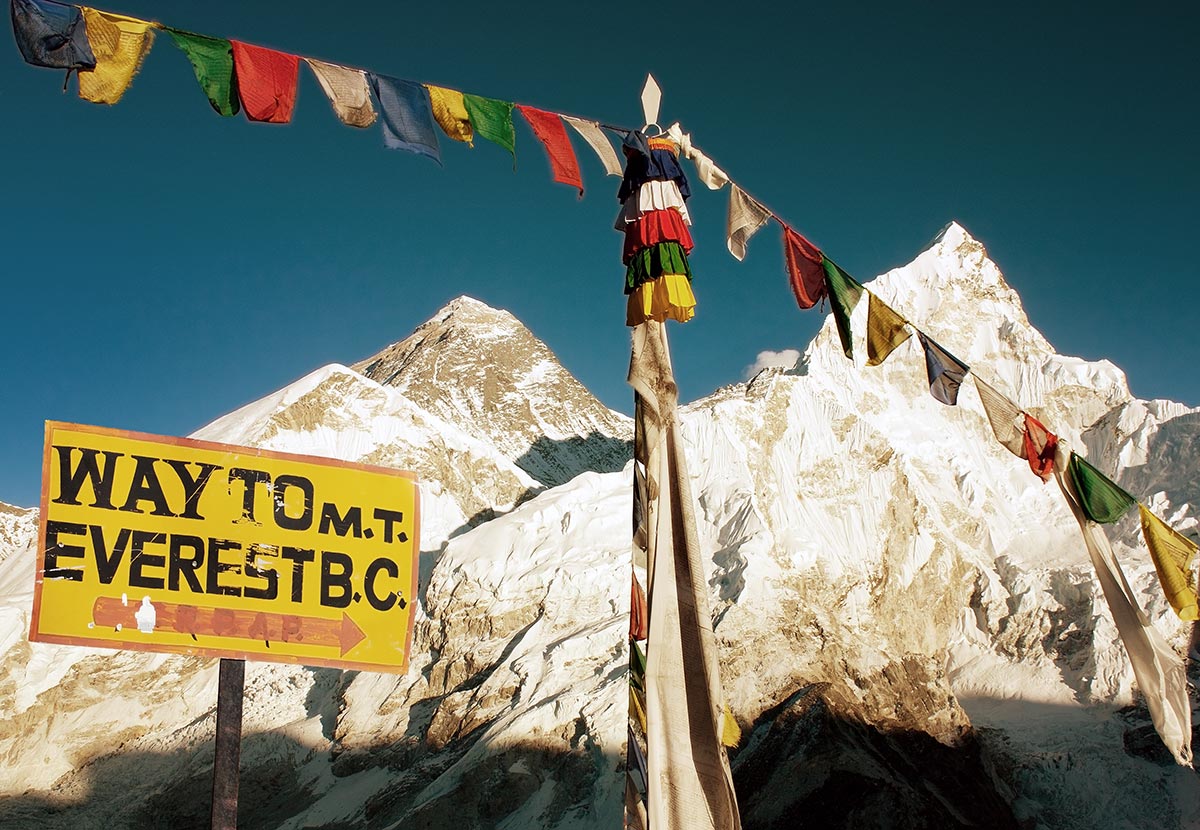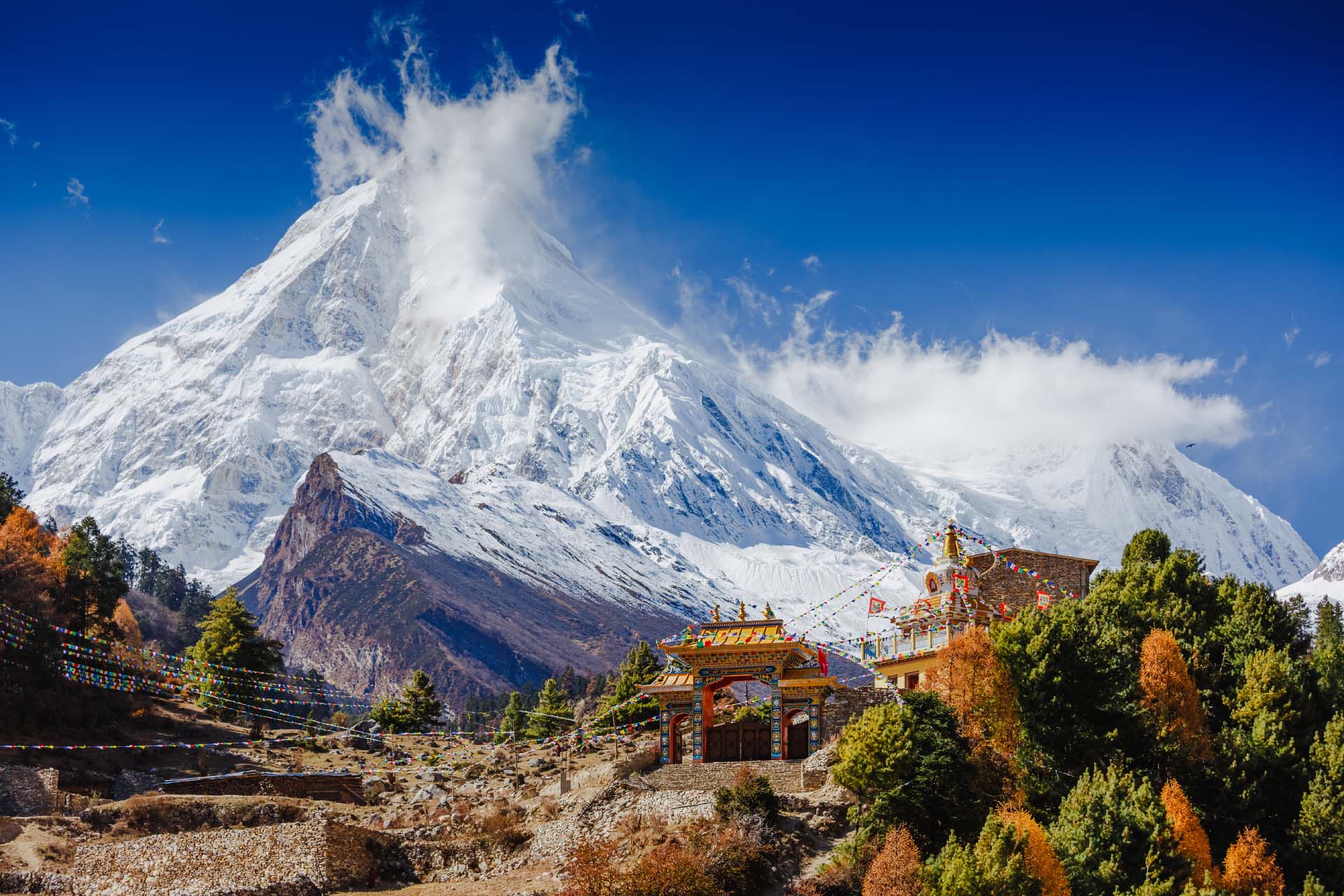The UIAA is updating a mountain code, putting into ink mountaineering’s longstanding values of good sportsmanship, respect for cultures and care for the environment.
The draft code is intended to reach all who love mountain sport, from the hut-to-hut hiker to the expedition alpinist.
It also addresses some of the biggest debates in mountaineering today, such as the use of bottled oxygen on 8,000-meter-peak attempts.
The intent, say mountaineers involved in the process, is to create a document that reflects the sport’s high ideals and evolves with changing times.
And the UIAA hopes to receive feedback from the mountaineering community to further shape the draft. It is expected to go before the UIAA General Assembly for adoption in October.
“We are living in times of rapid change, not least the advance of commercialism into many areas of human activity and pressures on the mountain environment from developments of many kinds,” says UIAA Management Committee member John Nankervis, a New Zealand mountaineer who is assessing the work on the code.
“It is important therefore to impart to new generations of mountaineers the inspiration and values of past mountaineers … Indeed principles and standards might change over time but an awareness of the traditional values of the sport is needed, now more than ever.”
Joining Nankervis in editing the code is Doug Scott, the renowned British mountaineer who has netted numerous first ascents in Asia and completed the seven summits.
Scott is also known for advocating that mountaineers honour the cultures of countries where they climb. He was key in founding Community Action Nepal, a non-profit organisation to help the people of the Himalayan nation. He is also a UIAA Management Committee member.
The draft code
The draft includes 12 maxims on a range of topics relating to mountaineering. One key theme is the interaction with the landscape and the people who inhabit it.
The document calls for climbers to be knowledgeable and conscientious of the cultural norms of host nations.
The same holds true for environmental issues. It stipulates that mountaineers should practice their activities in “an environmentally sensitive way and be proactive in preserving nature”. “We strive to leave no trace,” the draft states.
Mutual respect and team commitment are core climbing ideals, the paper adds. This ranges from how clients should treat their guides to how alpinists should approach a first ascent.
A separate maxim is devoted to the use of supplemental oxygen. While this issue is highly controversial, the draft code puts medical aspects above all other concerns.
Moving forward
The UIAA will continue to take comment to shape the mountain code, although some sections have already undergone thorough debate, Nankervis says. He expects the finished text to be subtly different.
“I have an open mind on the use of the ‘code’ to describe the document, especially with the different nuances its translation to other languages can bring,” he says. “Comments on this too would be welcomed.”
After adoption by the General Assembly, the UIAA hopes that member associations will help spread the word about the code through education and promotion.
The UIAA Mountaineering Commission will also apply the code in praising positive climbing feats and sanctioning negative ones.
The UIAA plans to hold a symposium in 2014 to track the code’s effectiveness and re-evaluate it if necessary.
If you would like to have your say on the draft of the mountain code, please send us your comments (office@uiaa.ch).


